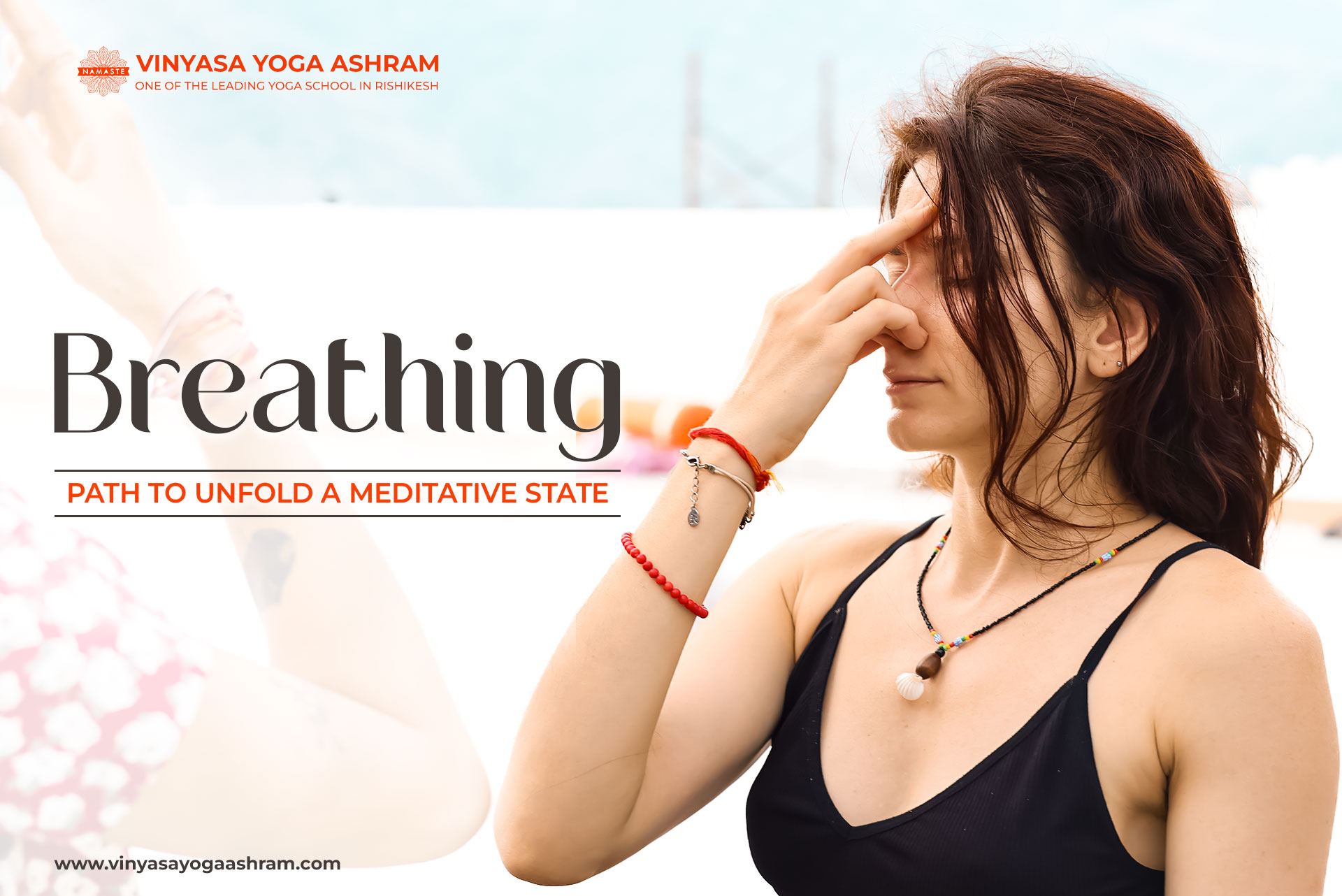
In fast-paced modern life, finding solace and calm becomes an essential pursuit. Amid the chaos, a profound connection emerges between the breath and the path to meditation, offering a gateway to inner tranquillity and self-discovery. This intricate relationship, traversing cultures and ages, unveils a transformative journey from conscious breathing to the profound stillness of meditation.
How breath plays an important role?
In the buzzing world of modern existence, a sanctuary of solitude can be found in the art of meditation. At its core lies the intimate connection between the breath and the journey to stillness. This profound relationship, spanning across cultures and ages, offers a path to inner peace and self-discovery.
- Breath: a companion for life
The breath, a constant companion from the first inhalation at birth to the last exhalation at death, becomes a vehicle for self-exploration. As we inhale, we invite life-giving oxygen into our bodies, nourishing every cell. Exhaling, we release not only carbon dioxide but also the accumulated tensions of daily life. The natural response of the body to relax is a deep long exhalation which is also called a sigh of relief. This innate process of gas exchange is also a great way to connect deeply with mother nature and appreciate the abundance of energy she offers that makes us alive with every breath that we take. This rhythmic exchange becomes a channel for heightened awareness. Your breath speaks a lot about your mental and physical situation, so it is very important to become fully aware of it.
- Be fully present with every breath
Meditation, often misconceived as a mystic practice, is simply the art of being fully present in the moment. It offers a respite from the relentless stream of thoughts, worries, and distractions. The breath, with its rhythmic cadence, becomes the anchor that grounds us in the present. As we shift our focus to the inhale and exhale, the mental chatter begins to subside. The journey begins with conscious breathing – a simple act that carries profound implications. Inhale deeply, allowing the air to fill your lungs, and exhale fully, releasing all that no longer serves you. This intentional act leads to a state of awareness, where the mind becomes attuned to the nuances of each breath. The awareness of the breath evolves into an awareness of the self.
- Calm Amidst a Turbulent Mind
As conscious breathing paves the way, the boundaries between the internal and external world start to blur. In this transitional space, a sense of calm and centeredness emerges. The mind, often compared to a turbulent sea, begins to still, mirroring the serene surface of a placid lake. The dance of thoughts subsides, and a sense of inner spaciousness takes its place. From this tranquil foundation, the path to meditation opens. Just as a ship navigates the open sea, the meditator embarks on an exploration of consciousness. The breath becomes a steady guide, leading deeper into the realms of the mind. Each inhale carries the promise of presence, and each exhale carries the burdens of the past and worries of the future.
Why Pranayama before Dhyana?
In the realm of yoga and meditation, the symbiotic relationship between pranayama (breath control) and dhyana (meditation) is profound and purposeful. While both practices hold intrinsic value, incorporating pranayama before dhyana serves as a preparatory flow that amplifies the meditative experience. This synergistic sequence creates a conducive inner environment, fostering a deeper state of meditation. Moreover, pranayama initiates a process of grounding and relaxation. As we engage in techniques like Dirgha Pranayama (Yogic Breathing), Nadi Shodhan (alternate nostril breathing), or the calming Ujjayi breath (wave-like breathing), the parasympathetic nervous system is activated. This brings out the relaxation response, reducing stress hormones and inducing a sense of peace within. The resulting calmness acts as a stepping stone for the meditative state, promoting a serene internal environment.
- Promotes balance of energies within
By aligning the breath with specific pranayama techniques, we encourage a smooth flow of energy throughout the body. This enhances the overall vitality and balances the subtle energy centres known as chakras. The unblocking of energy channels clears the pathways for a seamless meditation experience, allowing prana to circulate freely and support focused awareness.
- Enables a more focused approach
As pranayama steadies the mind and opens energetic pathways, it also cultivates awareness. The act of conscious breath control demands focus on the present moment. Each inhale and exhale become a point of focus, training to calm the monkey mind’s nature to wander with the thoughts. This sharpened awareness serves as a bridge that leads from pranayama to the state of dhyana.
- The heightened state of awareness
Transitioning from pranayama to dhyana becomes an organic progression, as the heightened state of awareness cultivated during pranayama seamlessly lends itself to the meditative endeavor. The mind, now attuned and receptive, is primed to delve deeper into the layers of consciousness. The rhythmic breathing patterns established during pranayama become an anchor that guides the mind’s wandering tendencies.
Dhyana : powerful state to experience transformation
Dhyana or meditation unveils its transformative power. The mind, once full of distractions, transforms into a receptive canvas for self-awareness. The breath’s ebb and flow become a symphony of presence, guiding the practitioner further into the stillness within. As layers of stress and tension unravel, a serene landscape of clarity and insight emerges.
Meditation, however, is not a linear journey. It encompasses both stillness and movement, both silence and sound. It is a dance between surrender and intention, where the breath serves as a bridge between these dualities. In this dance, the breath is a reminder of impermanence – each inhale and exhale dissolving into the next, much like moments in life.
As we deepen our meditation practice, the concept of time begins to shift. A single breath can feel like an eternity, and yet, hours can pass in what seems like a fleeting moment. In this altered state of awareness, the breath becomes an eternal companion, a constant thread weaving through the tapestry of existence.
The culmination of this journey is the stillness that resides at the heart of meditation. It is a profound state of being, where the mind’s fluctuations subside, and the meditator becomes one with the present moment. In this stillness, there is no past to regret, and no future to anticipate. There is only the pure essence of existence – a timeless and boundless awareness.
Join Vinyasa Yoga Ashram’s Yoga teacher training course in Rishikesh to gain this wisdom of breath leading to a meditative state from our experienced Yog Gurus.

